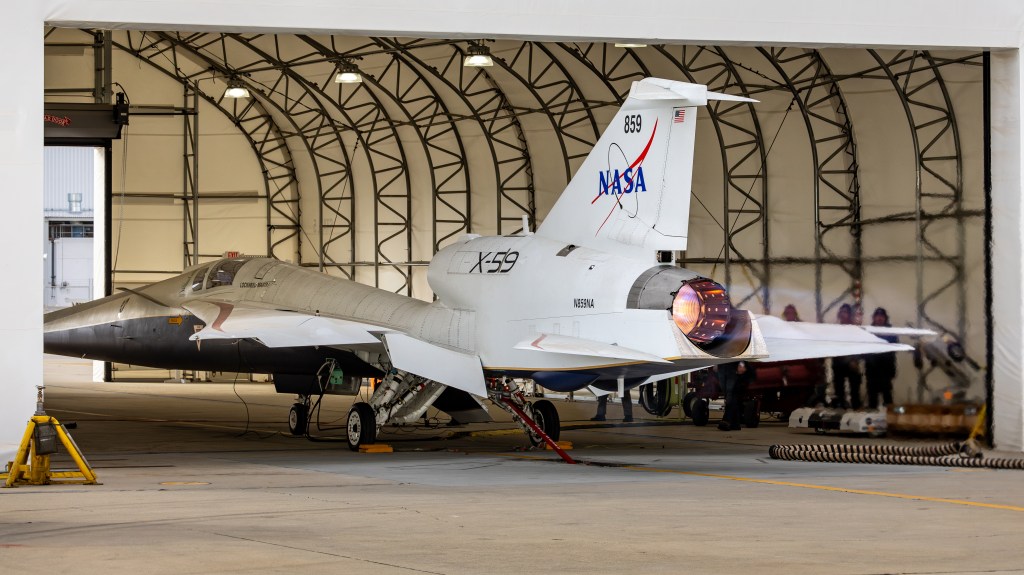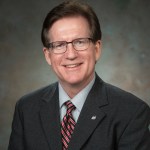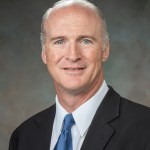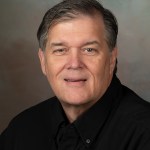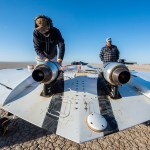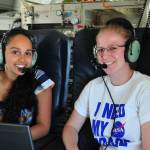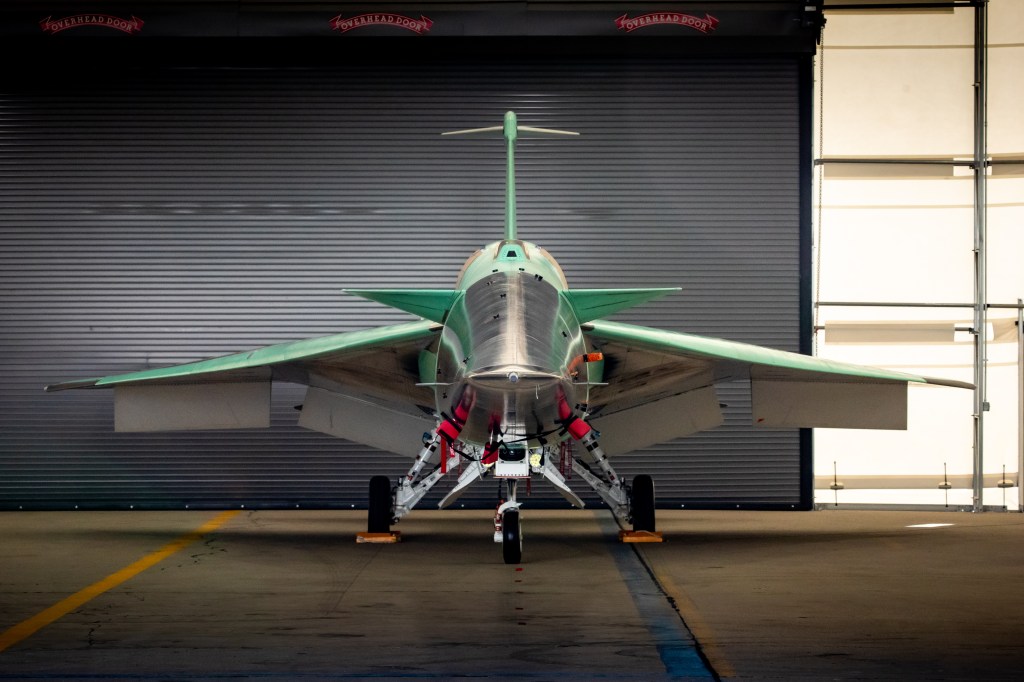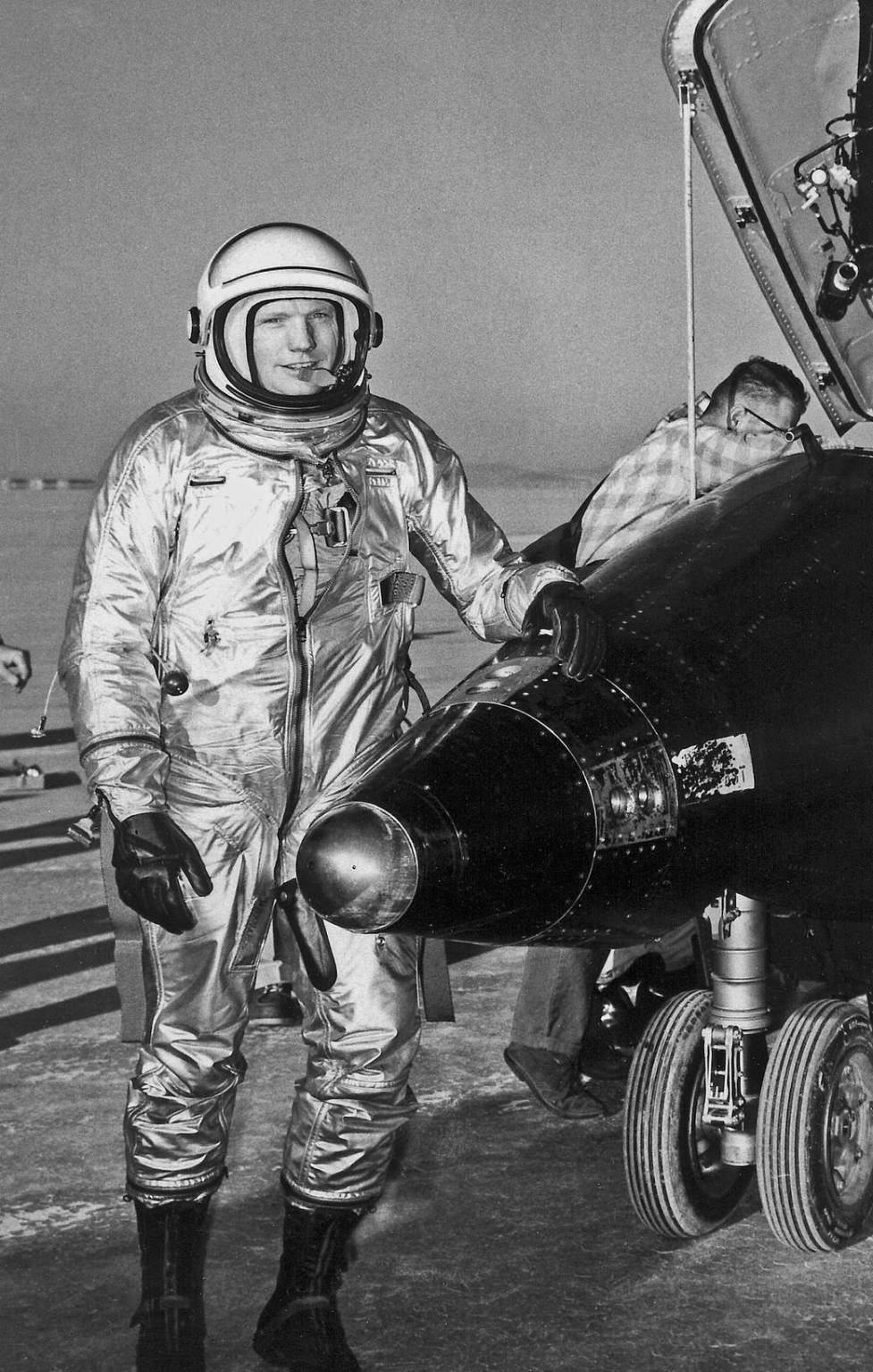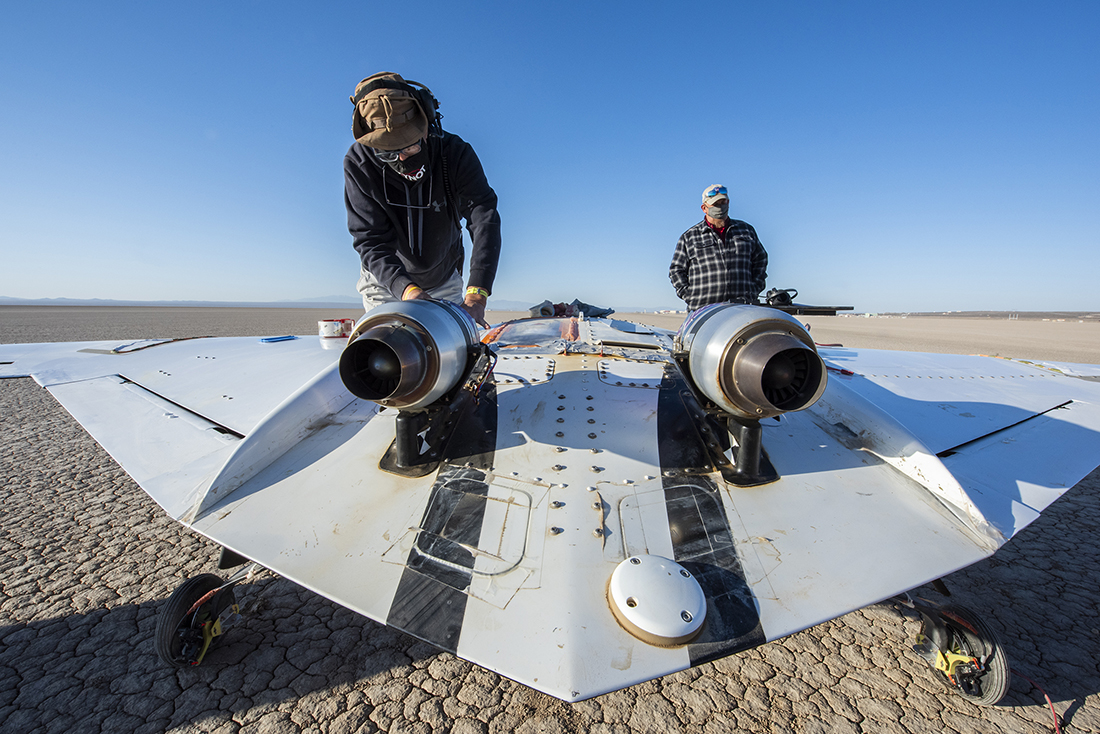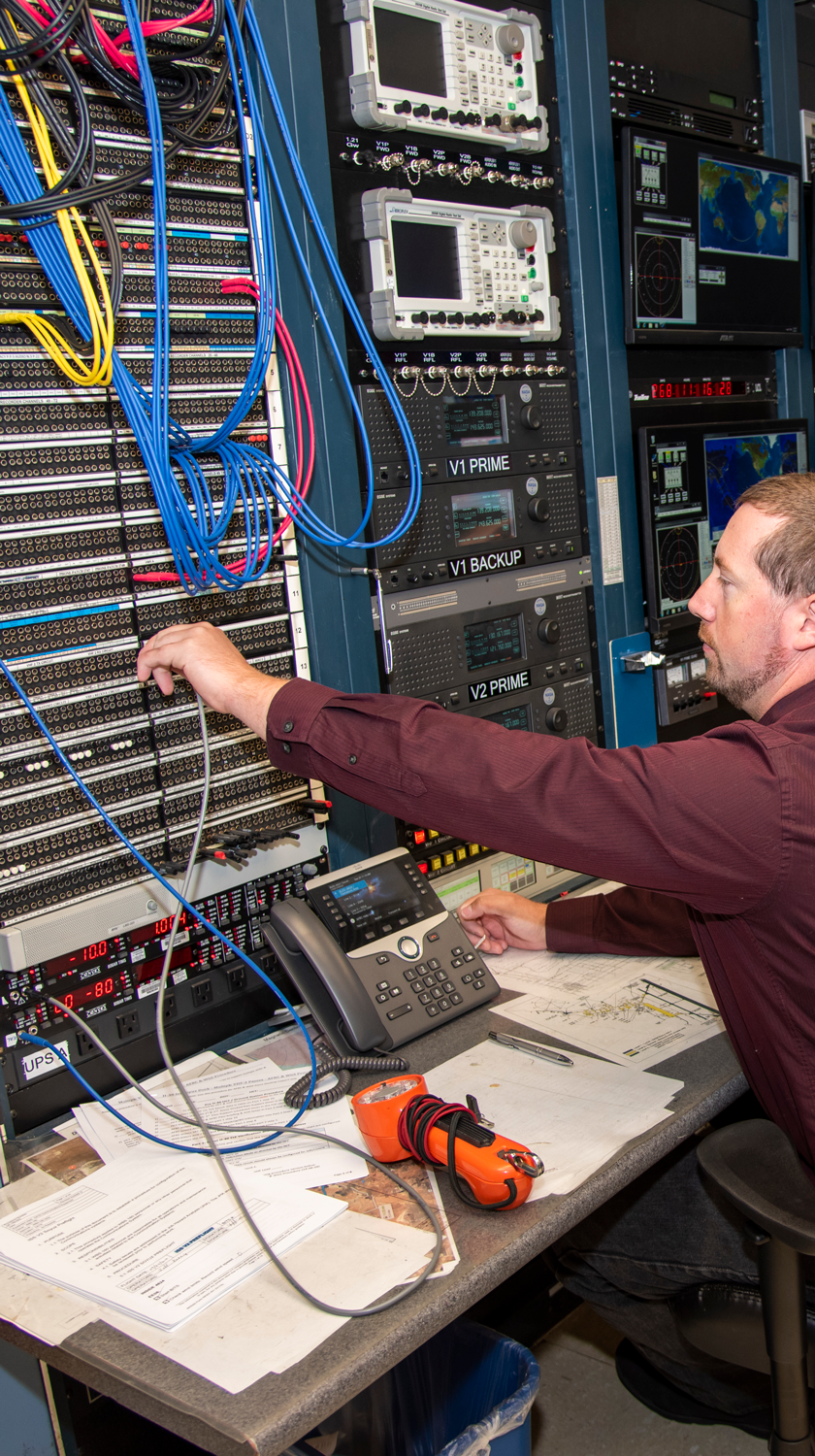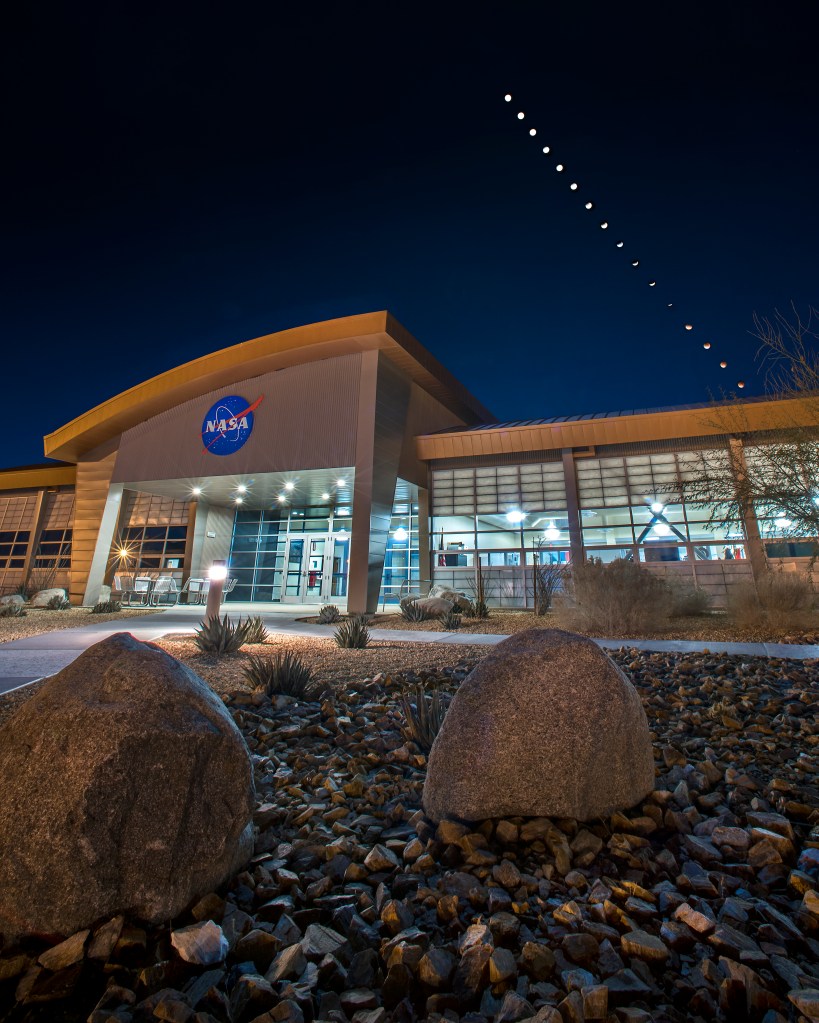
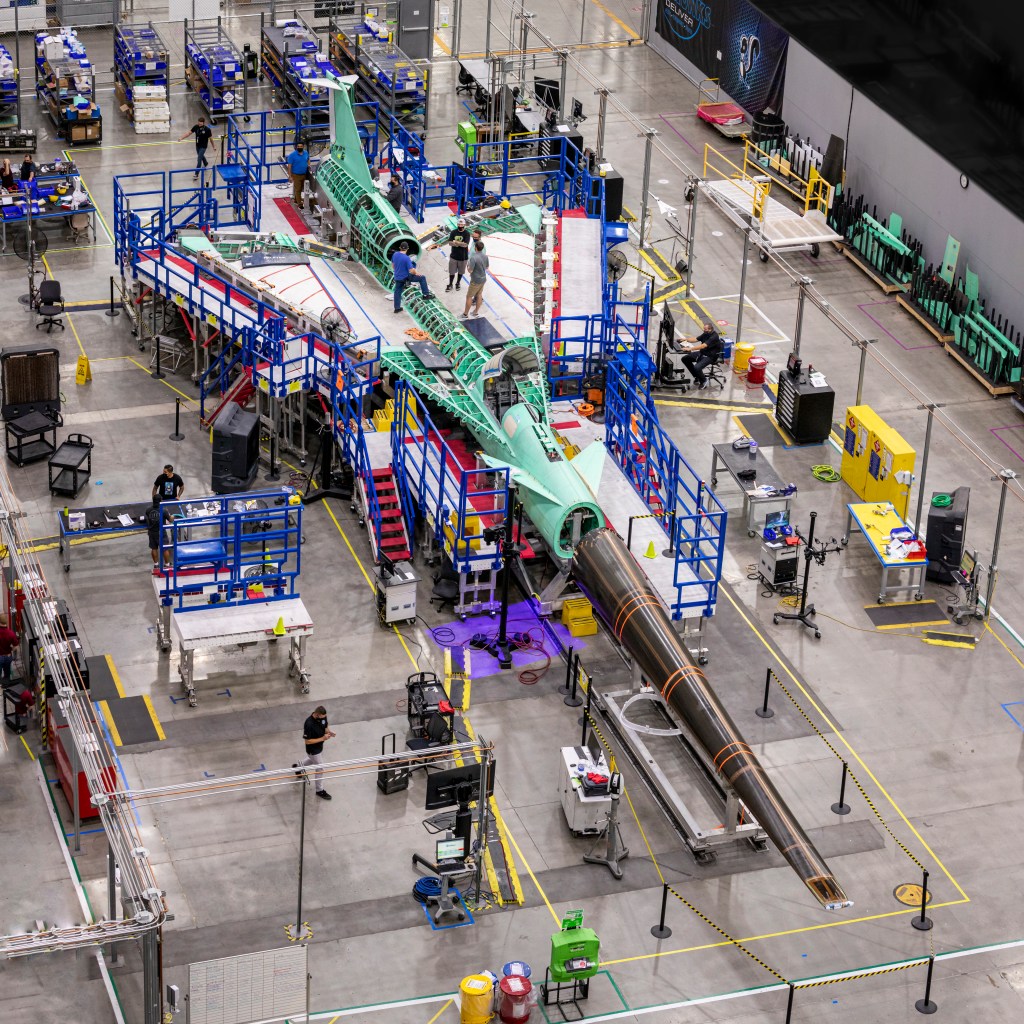
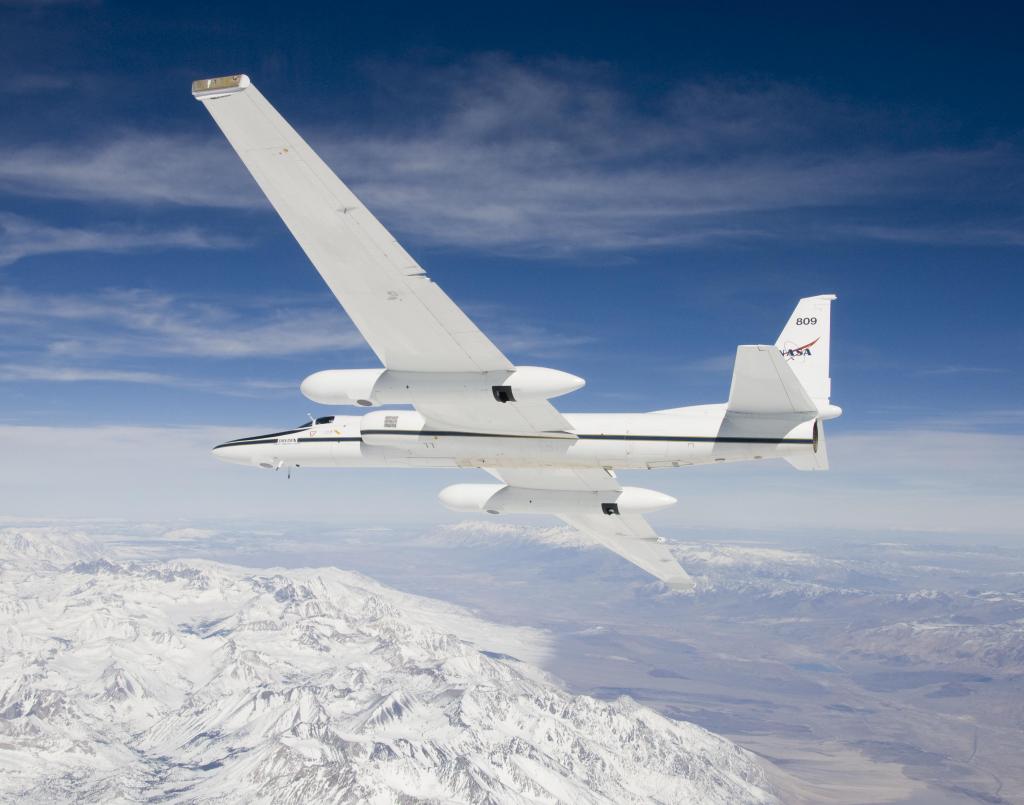
Armstrong Flight Research Center
NASA’s primary center for high-risk, atmospheric flight research and test projects, with access to 301,000 acres of remote land, year-round flying weather, and the Bell X-1 Supersonic Corridor.
Location
Edwards, California
Founded
1946
People
1,100+
Director
Bradley C. Flick
Armstrong News
Home of NASA’s High-Risk Flight Research
NASA’s Armstrong Flight Research Center in Edwards, California, dates to 1946 when a 13-person detail from the National Advisory Committee for Aeronautics arrived at the Muroc Army Airfield in California’s Mojave Desert. Their quest: To fly faster than the speed of sound. The X-1 was the first of many flight research efforts that would define our culture of research and discovery. Today, we continue those efforts, to advance NASA’s mission to explore the secrets of the universe for the benefit of all.
Learn More About Armstrong's HistoryMeet Our People
NASA Armstrong's in-house knowledge – research and engineering; aircraft modification, maintenance, and operations; project and institutional management, etc. – drives the airworthiness and flight safety decisions to execute NASA’s mission.
Learn More About Armstrong People about Meet Our People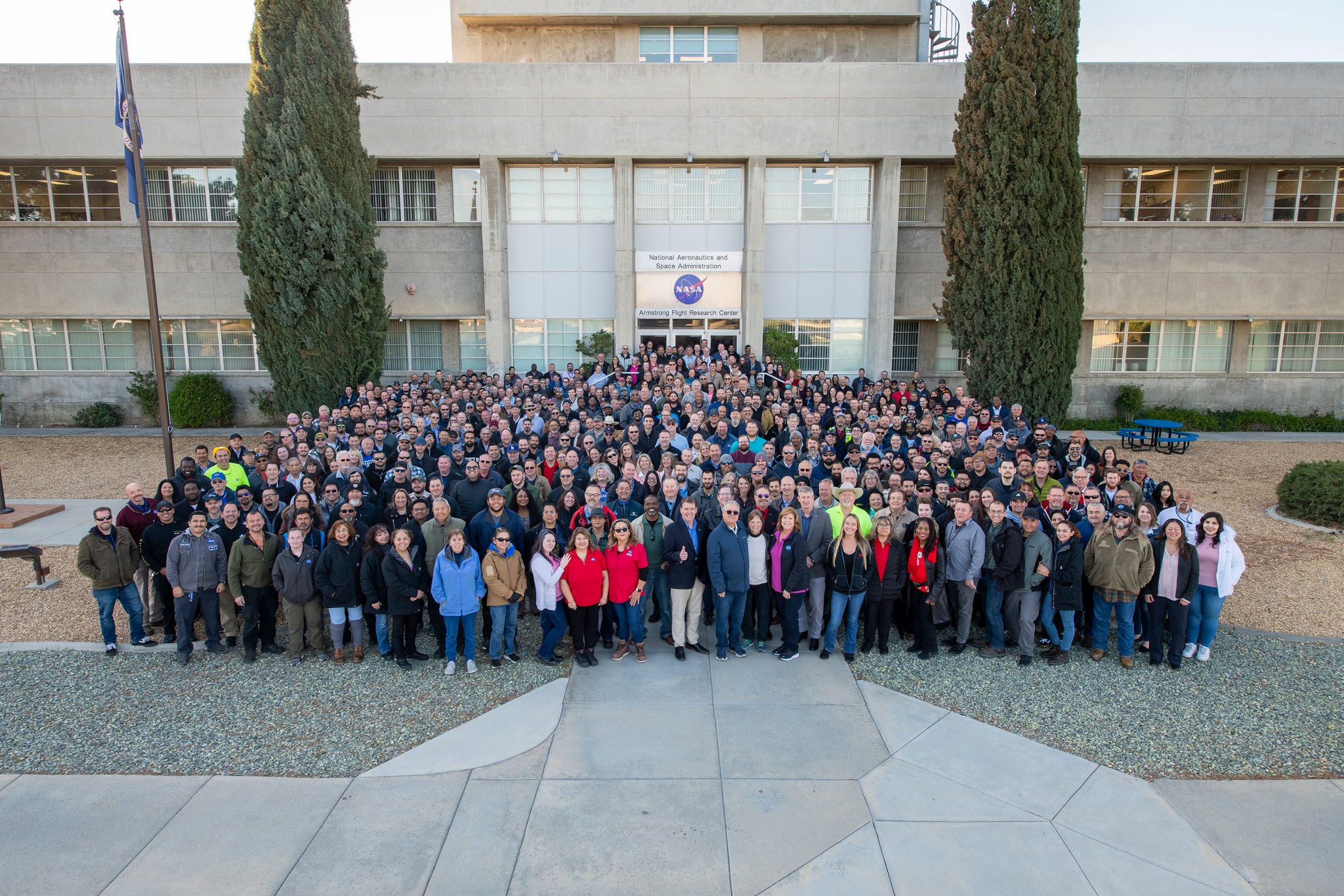
armstrong Leadership
Research Focus Areas
Armstrong plays a pivotal role across all aspects of the agency’s missions.

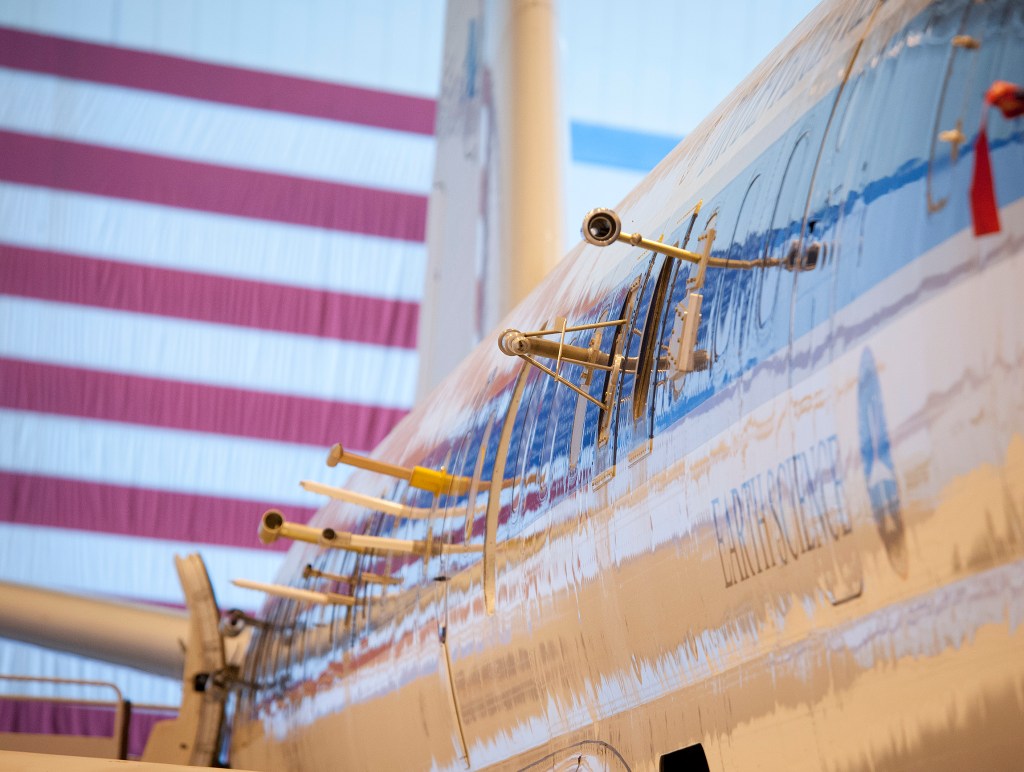
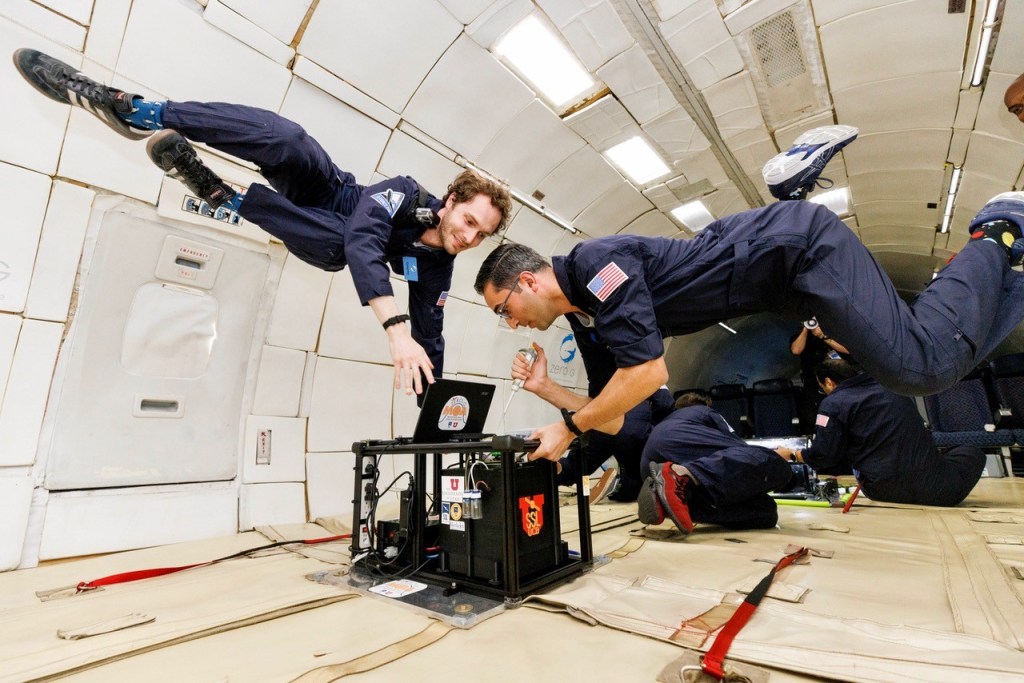
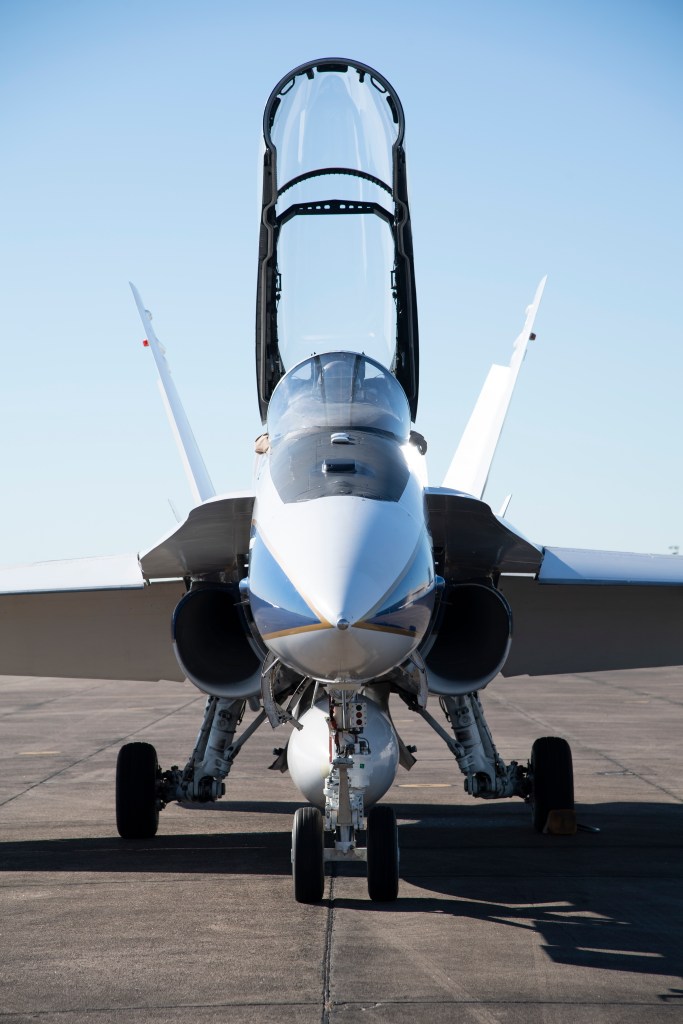
Capabilities & Facilities
Armstrong has the facilities and requisite expertise to conceive, design, analyze, fabricate, integrate, maintain, and conduct disciplinary research, flight research and flight test on modified or unique research vehicles and systems. Our strength is in integration of complex developmental systems.
Learn More About Our Capabilities & Facilities about Capabilities & Facilities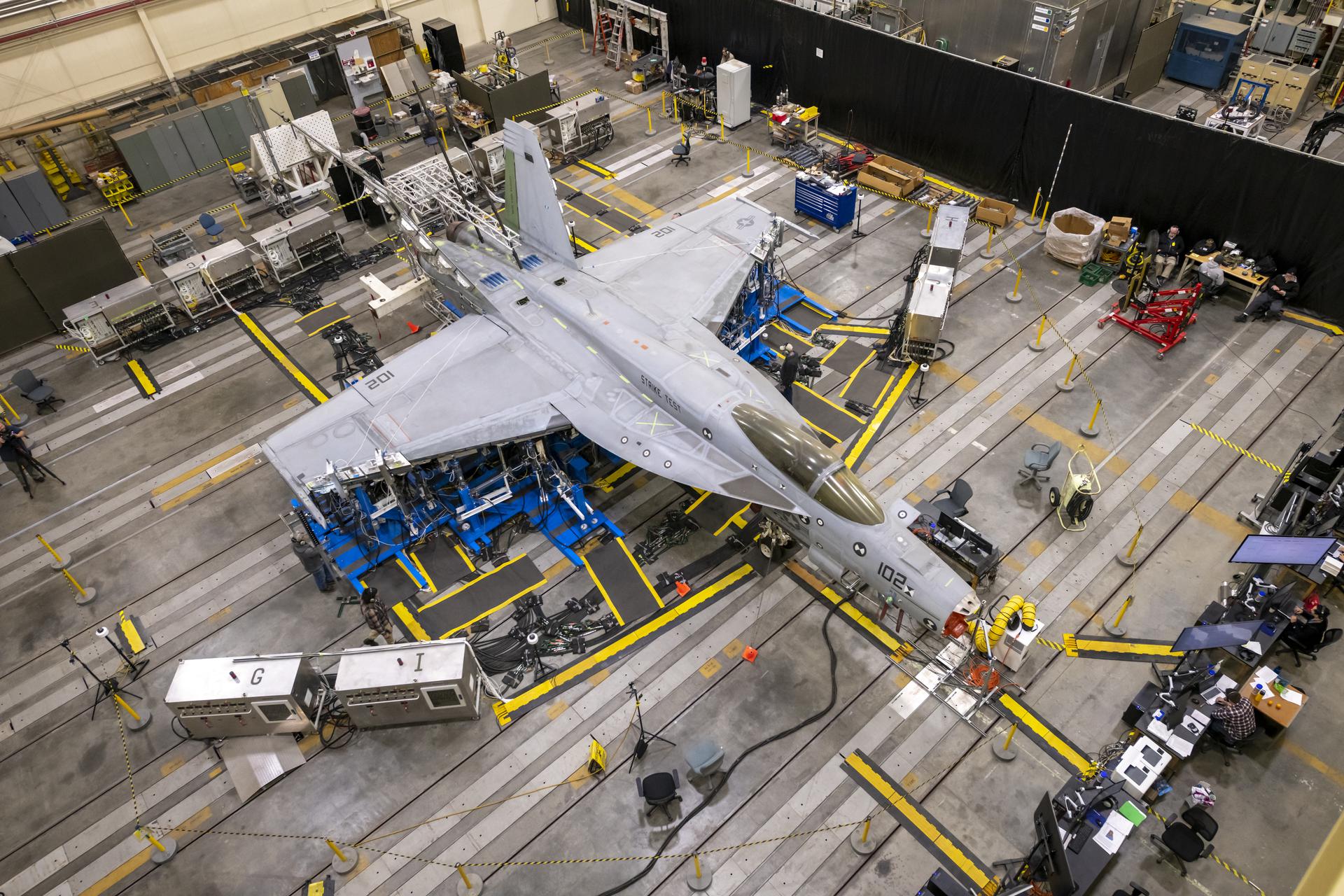
Explore More About Armstrong
History
Armstrong's history dates back to 1946
NASA Armstrong is chartered to research, develop, verify, and transfer advanced aeronautics, space, and related technologies, and conduct atmospheric Earth and space science flight operations. The center is named in honor of Neil A. Armstrong, a former research test pilot at the center and the first man to step on the moon during the historic Apollo 11 mission in 1969.
Learn More About Our History about Armstrong's history dates back to 1946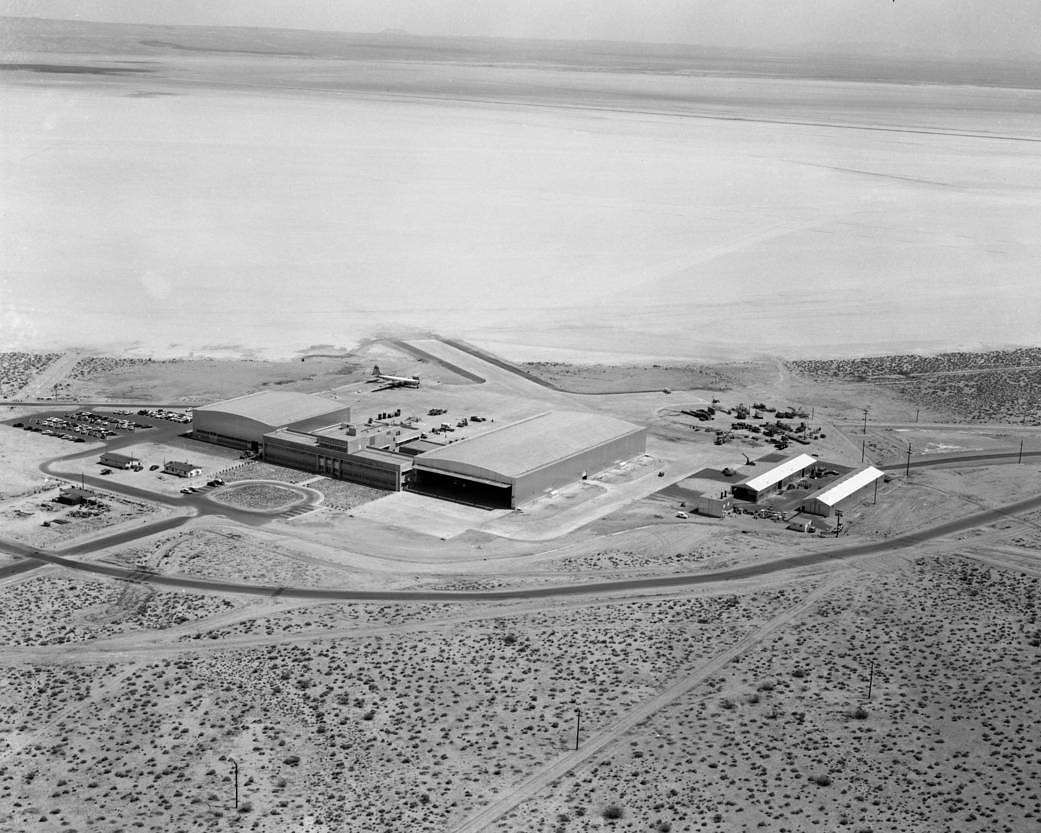
Media Resources
Contacts, program information, and multimedia guidelines for media working on stories.
Start Your Research Here about Media Resources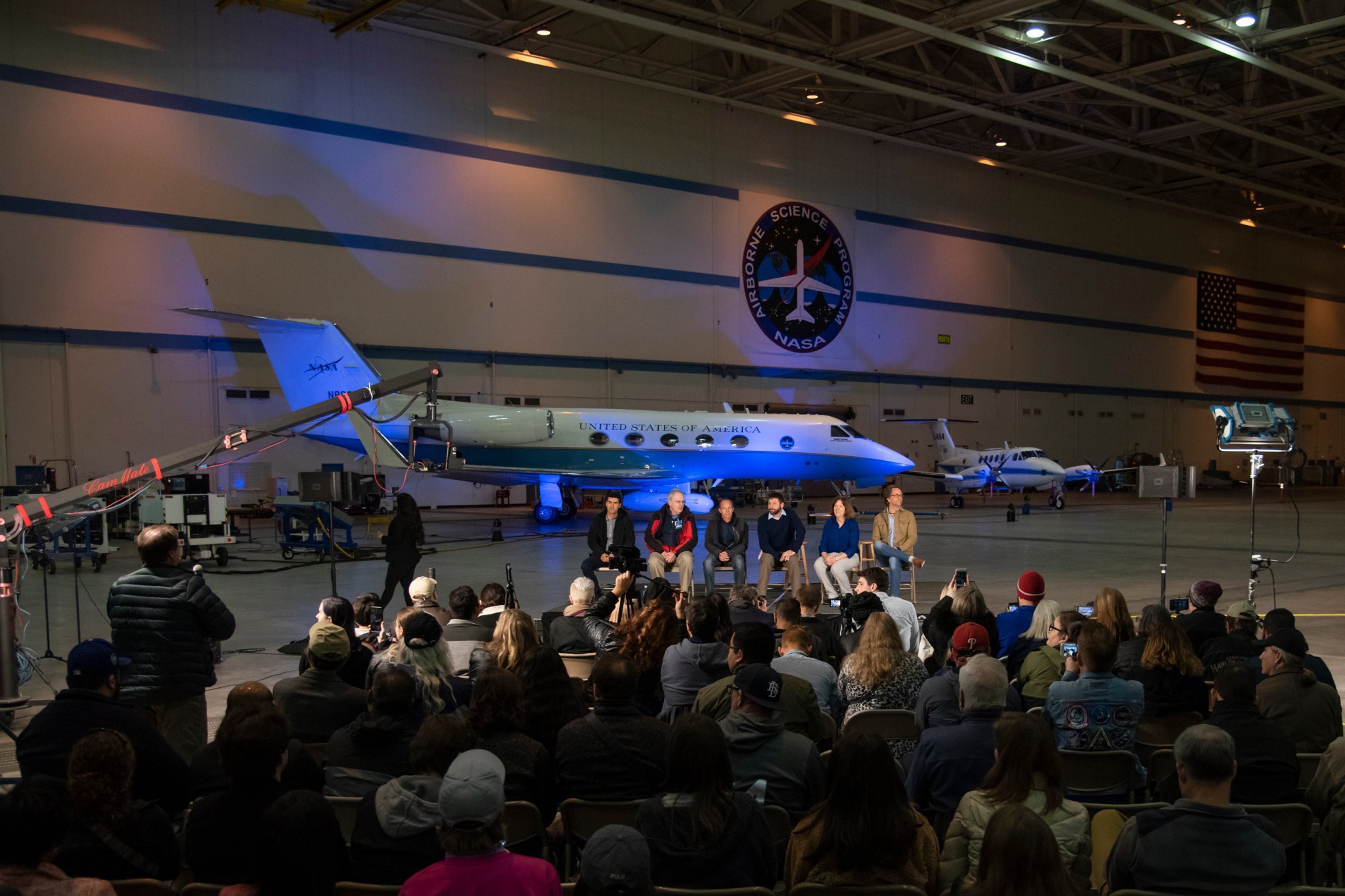
Armstrong Image Gallery
Resources to Learn More about Armstrong
Informing the public and media about NASA’s missions and promoting Armstrong’s mission to advance technology and science through flight.

X-Press Newsletter
A monthly publication, available in pdf format, reports on the center's research.
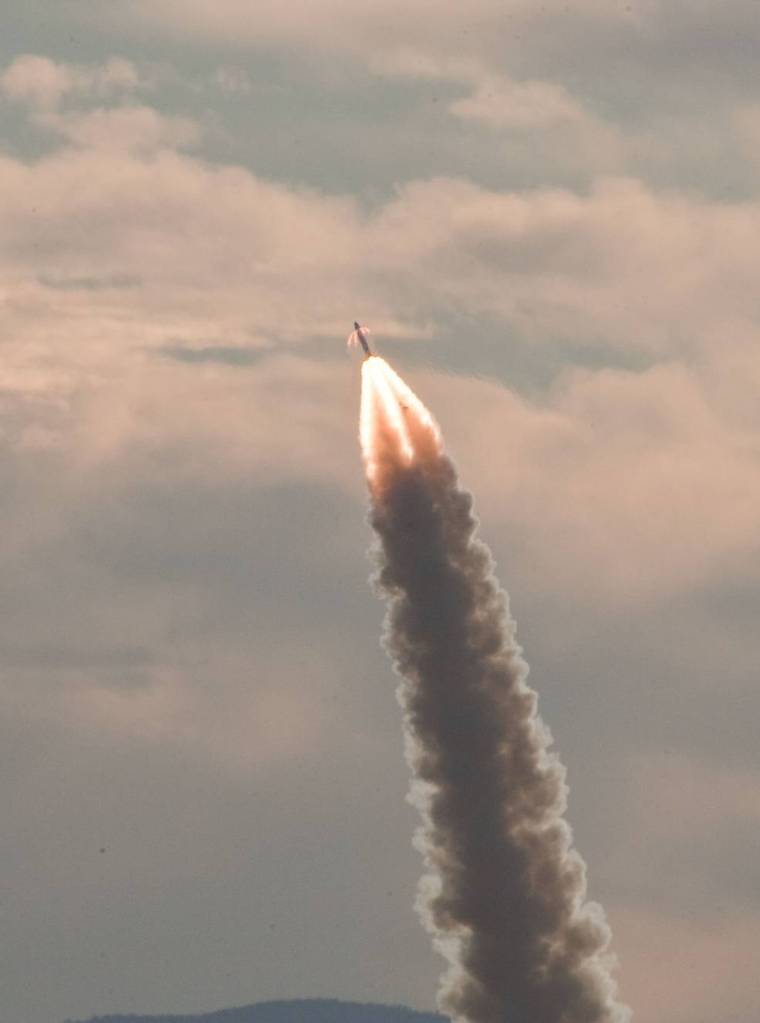
Fact Sheets
Downloadable PDFs about the aircraft, flight test and research projects, facilities, people, and history of NASA Armstrong.
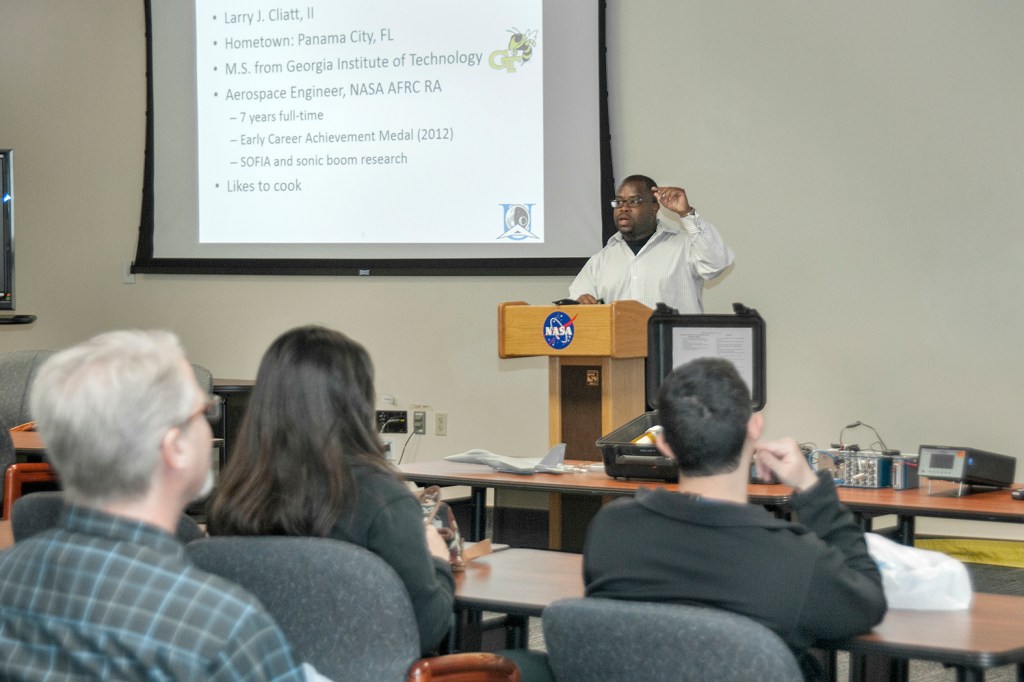
Request a NASA Speaker
Each year, NASA speakers provide hundreds of presentations to thousands of people.
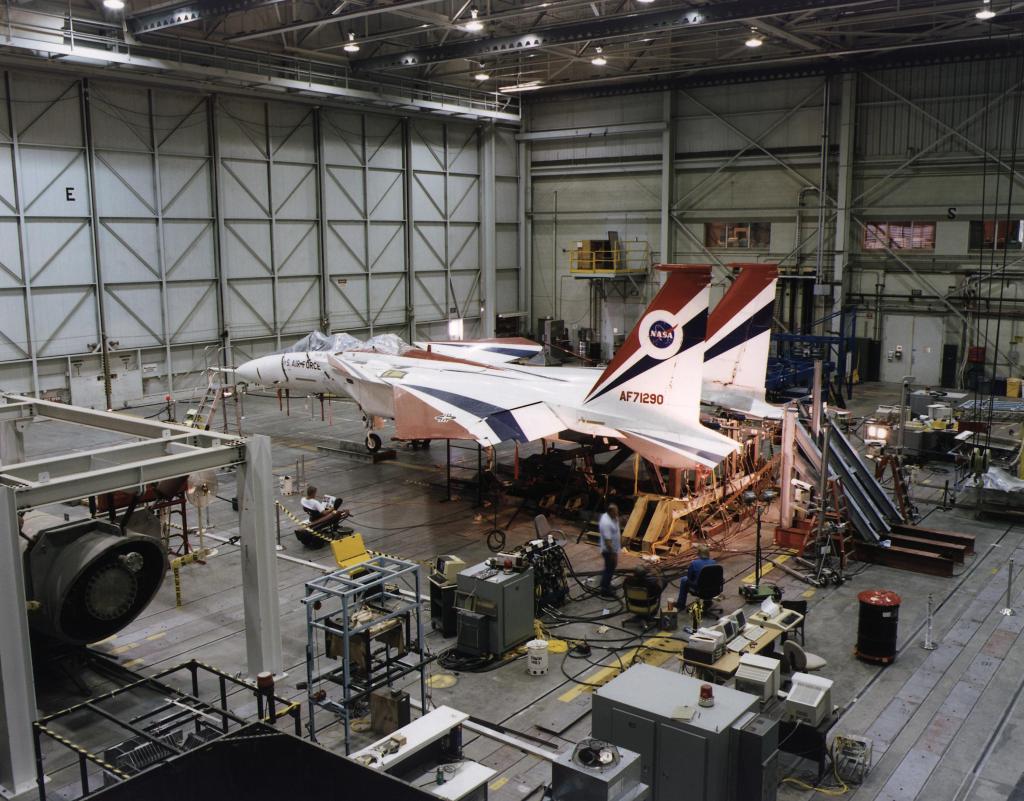
Virtual Tour
Virtually explore the capabilities and facilities that make Armstrong NASA's primary center for high-risk, atmospheric flight research and test projects.
2023 Annual Report
This report describes NASA Armstrong’s 2023 accomplishments and economic impacts. We’re proud to be NASA’s home for experimental flight and strive to build on our legacy while tackling the challenges of tomorrow.
Read the Report about 2023 Annual Report




























